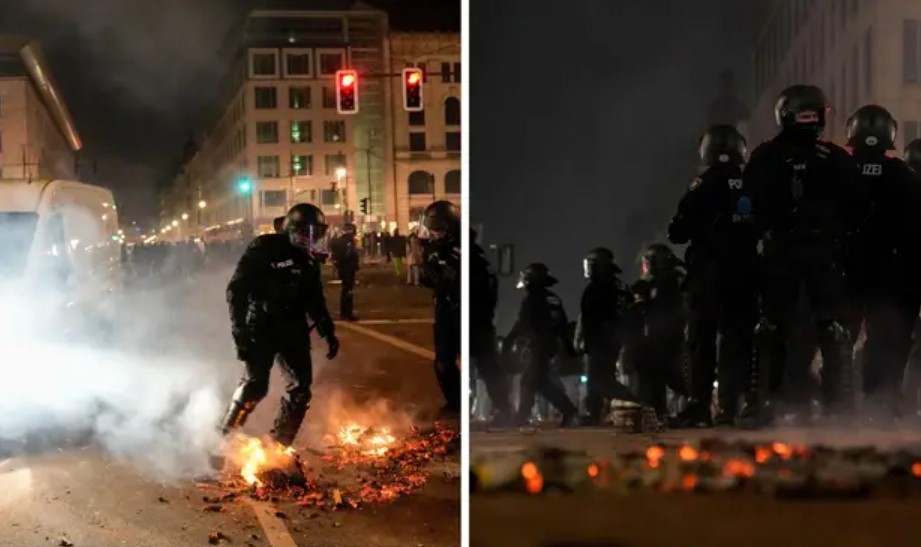Germany National Anthem: Facts About Composer, History and Lyrics
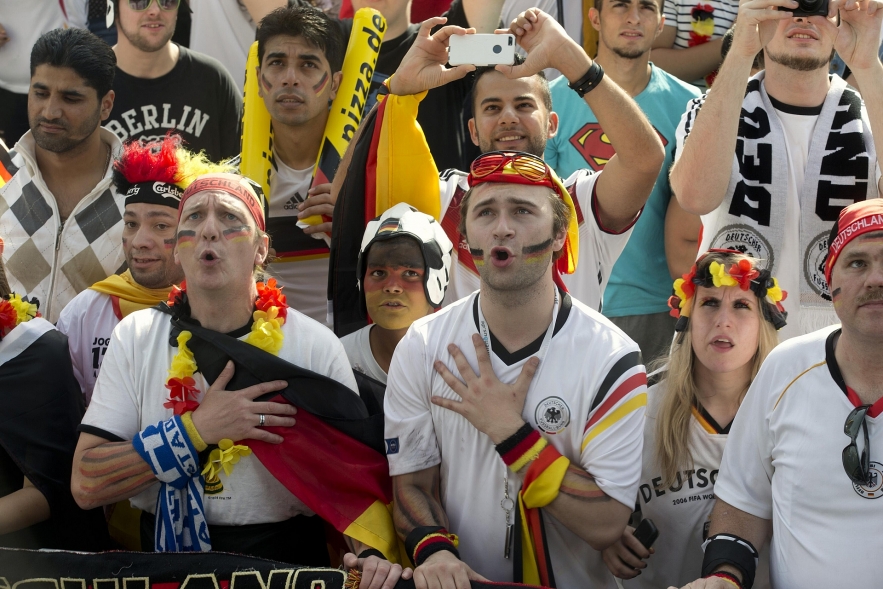 |
| What Is German National Anthem: Facts About Composer, History and Lyrics. Photo DW |
The German national anthem is called 'Deutschlandlied' and has a long, complicated history.
It is also known as 'Das Lied der Deutschen', or 'The Song of the Germans'.
History of German national anthem
The music to ‘Deutschlandlied’ was composed in 1797 by Joseph Haydn. The anthem, originally called ‘Gott erhalte Franz den Kaiser’, was written for the birthday of Francis II, Emperor of the Holy Roman Empire and later of Austria.
The lyrics, which were attached to the music in 1841, were written by a German poet called Hoffmann von Fallersleben.
Only the third stanza of Fallersleben’s poem is now used as Germany’s official anthem, and will be used at the 2018 FIFA World Cup.
Who composed the music of the German national anthem?
German national anthem's tune was originally an Austrian anthem written several decades before the lyrics were written. In 1796, Joseph Haydn wrote a piece he called the "Emperor's Hymn" to honor Holy Roman Emperor Francis II's birthday.
The composer later utilized the same melody in the second movement of his string quartet Op. 76, No. 3. 'Heaven protect Francis the Emperor, Our excellent Emperor Francis!' is reminiscent of the opening lines of 'God Save The Queen,' the national anthem of the United Kingdom. It served as the national anthem of Austria until the collapse of the Austro-Hungarian Empire in 1918.
READ MORE: Top 15 Most Popular Holidays in Germany
Who wrote the lyrics to Deutschlandlied, the German national anthem?
The words of the German national anthem started life as a poem written by August Heinrich Hoffmann von Fallersleben in 1841. The poem was a call to unify Germany, as the country was then made up of principalities and ducal kingdoms. In 1922 the song was officially adopted as Germany’s national anthem by the Weimar Republic.
| Did the German National Anthem change after World War II? When the Weimar Republic emerged after World War One, the country wanted to enhance its republican credentials – so they made ‘Deutschlandlied’ their national anthem. West Germany adopted the anthem in the early 1950s for similar reasons, while the anthem in East Germany remained ‘Auferstanden aus Ruinen’ (‘Risen from Ruins’) from 1949 to 1990. When Germany reunified in 1990, the third stanza of ‘Deutschlandlied’ was confirmed as the national anthem. The other verses, which include the lyrics ‘Deutschland, Deutschland über alles’ were dropped due to their association with Nazi Germany. |
What are the lyrics to the German national anthem?
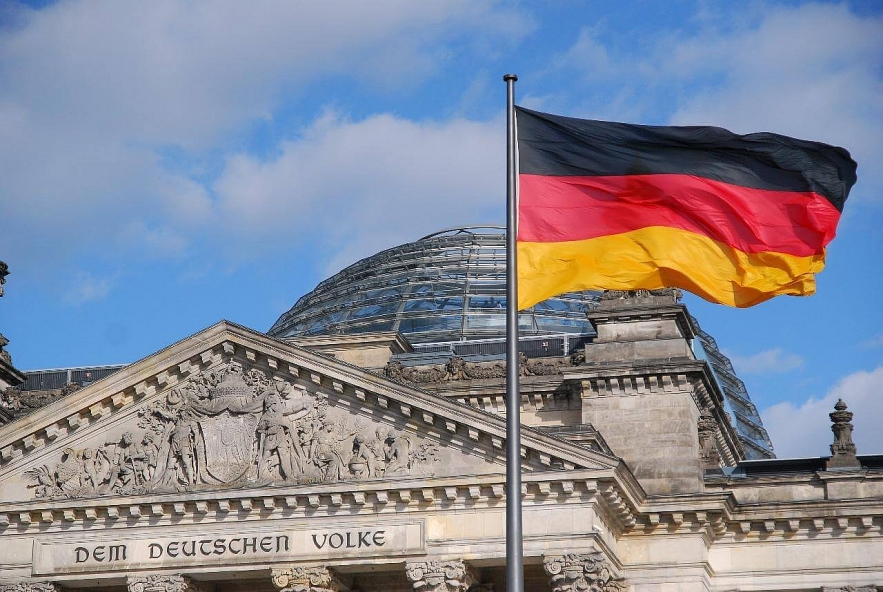 |
| Photo Schengen Visa |
Einigkeit und Recht und Freiheit
Für das deutsche Vaterland!
Danach lasst uns alle streben
Brüderlich mit Herz und Hand!
Einigkeit und Recht und Freiheit
Sind des Glückes Unterpfand;
Blüh’ im Glanze dieses Glückes,
Blühe, deutsches Vaterland!
What do the German National Anthem lyrics mean in English?
Unity and justice and freedom
For the German fatherland!
Towards these let us all strive
Brotherly with heart and hand!
Unity and justice and freedom
Are the foundation of happiness;
Flourish in the radiance of this happiness,
Flourish, German fatherland!
Official national colours of Germany
According to the country's constitution, the Basic Law, black, red, and gold are the official national colors of Germany. These are also the colors of the country's flag. Many national symbols employ variations on these three colors, or only one of them, to represent their respective countries.
While some symbols are displayed in gold or red, others are consistently portrayed in black, such as the American eagle, which is utilized by many federal entities. The RGB and HEX color codes for Germany's national colors are listed here.
Cities as national symbols of Germany
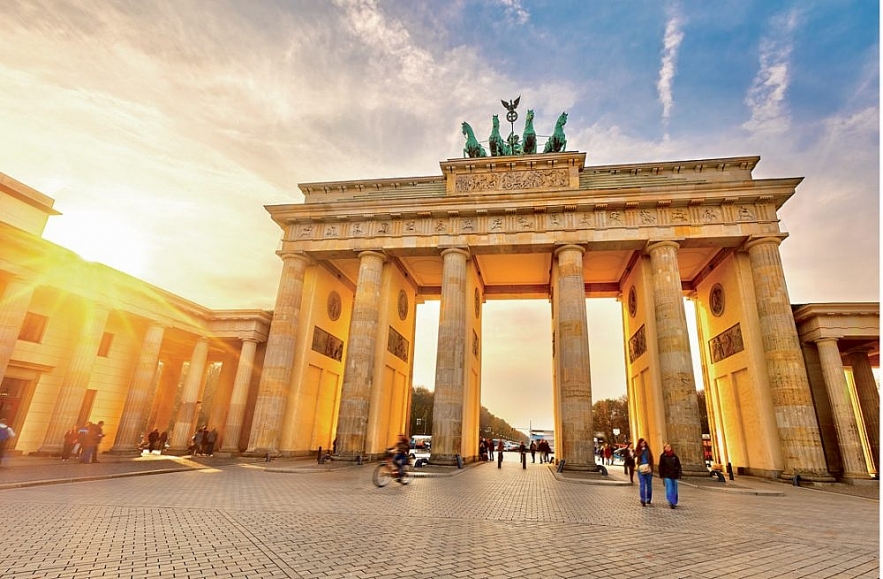 |
| Photo Getty |
Berlin is the capital and largest city in the country, so it is also a symbol of the country. However, there are other major cities and metropolitan areas, in Germany that are cultural and historical centers of the country. You can find a list of major cities on a dedicated page of our website.
Buildings as national symbols of Germany
A number of world famous buildings or structures in Germany are also national symbols of the country. Some of them are well known, others are mentioned but seldom. The list of the buildings and architectural structures, monuments, castles, being the national symbols, is presented below.
Brandenburger Tor (Brandenburg Gate) - Berlin's ancient city gate with a chariot at the top
Frankfurter Paulskirche (St. Paul's Church) - St. Paul's Church in Frankfurt am Main, built in the 18-19th centuries
Hambacher Schloss (Hambach Castle) - a castle in the city of Neustadt, Rhineland-Palatinate - a symbol of the German democratic movement
Kölner Dom (Cologne Cathedral) - a Gothic cathedral in Cologne, one of the tallest churches in the world, is a World Cultural Heritage Site
Wartburg (Wartburg Castle) - a monument of cultural and historical heritage of the country, a World Cultural Heritage Site
Schloss Neuschwanstein (Neuschwanstein Castle) - the Castle of the Bavarian King Ludwig II in Bavaria
Reichstagsgebäude (Reichstag) - the Reichstag building, the seat of the German Parliament
Berliner Siegessäule (Victory Column) - The victory column in Berlin on the Great Star Square
National mottos, slogans of Germany
A motto is a short statement, slogan, or set of words that encapsulates a group's goals or ethos. Coats of arms, national anthems, and monetary currency often bear mottoes. Most people in the country live by the first lyrics of the national anthem, "Einigkeit und Recht und Freiheit," which mean "Unity and Justice and Freedom" in English. This is a list with English translations of some other German slogans or mottos used in Germany and related with national symbols.
| "Einigkeit und Recht und Freiheit" (Unity and Justice and Freedom) - the national motto, the incipit of the German anthem "Made in Germany" (Made in Germany) - marking products made in Germany as synonymous with high quality products "Gott mit uns" (God be with us) - formerly in the German Empire "Wir schaffen das!" (We can do it!) - is an assertion often made by the German Federal Chancellor Angela Merkel "Meine Damen und Herren" (Ladies and gentlemen!) - often used in speeches of politicians for a speech opening |
Animals as national symbols of Germany
The eagle has been employed as a symbol of state authority since at least the time of the Roman emperors. Germany's national emblem, the eagle, remains unchanged. The eagle is shown on state institution buildings, on coins, and elsewhere, and it is also included on the coat of arms when it is used separately.
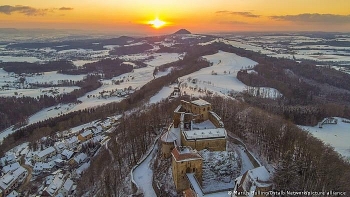 Top 10 Most Beautiful Cities In Germany to Visit in Winter - DW Top 10 Most Beautiful Cities In Germany to Visit in Winter - DW If you are planning your winter holiday, consider these best and most beautiful cities in Germany. |
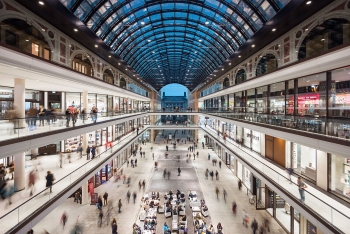 10 Biggest & Best Shopping Malls For Foreigner In Germany 10 Biggest & Best Shopping Malls For Foreigner In Germany While shopping centres in Germany remain closed due to lockdown, mall operators are finding new ways to engage foreign customers. |
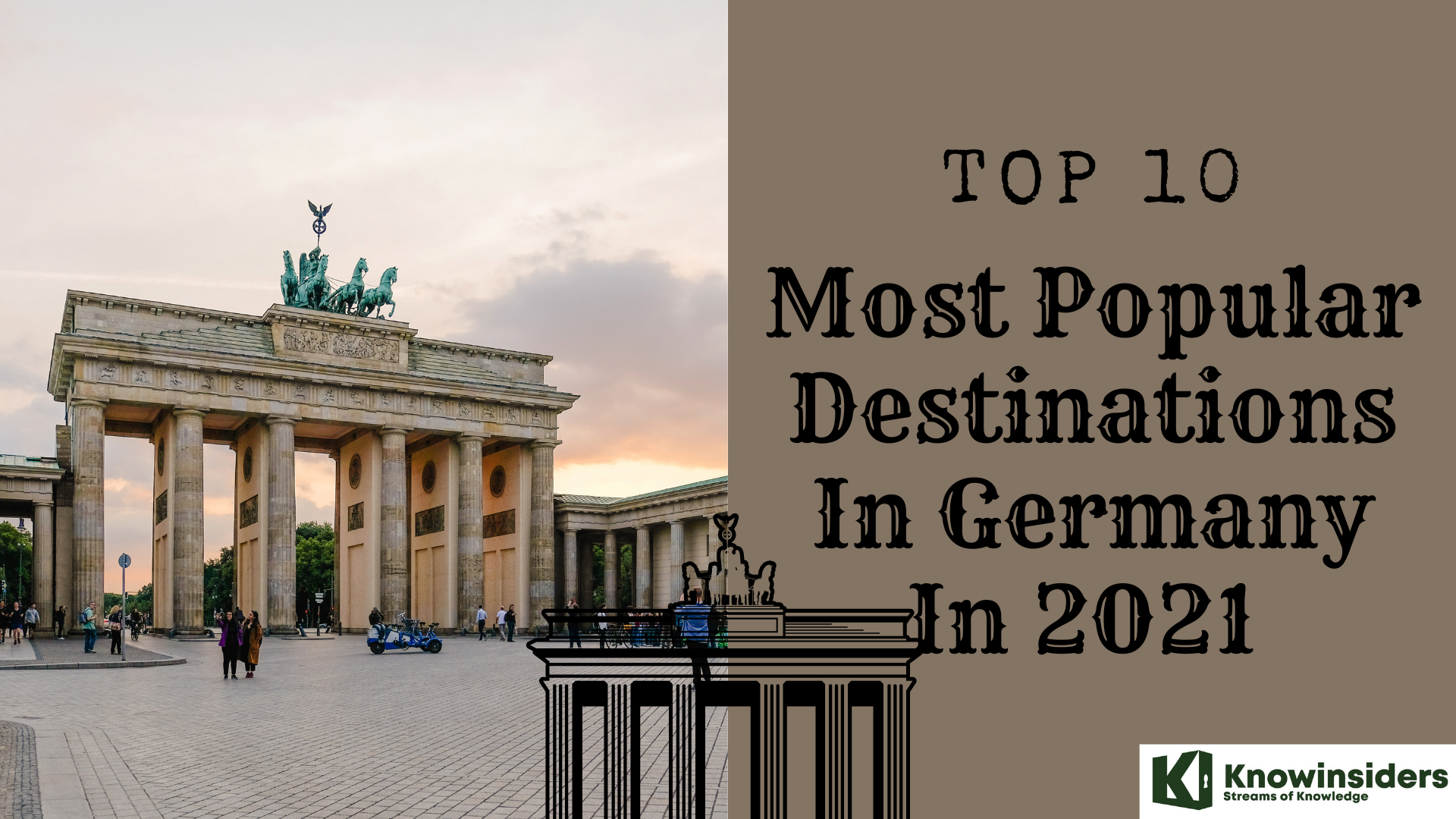 Top 10 Most Popular & Famous Tourist Attractions In Germany Top 10 Most Popular & Famous Tourist Attractions In Germany Historic places, natural beauty, and wonderful festivals, Germany is undoubtedly one of the most popular and famous destinations in the world. |




